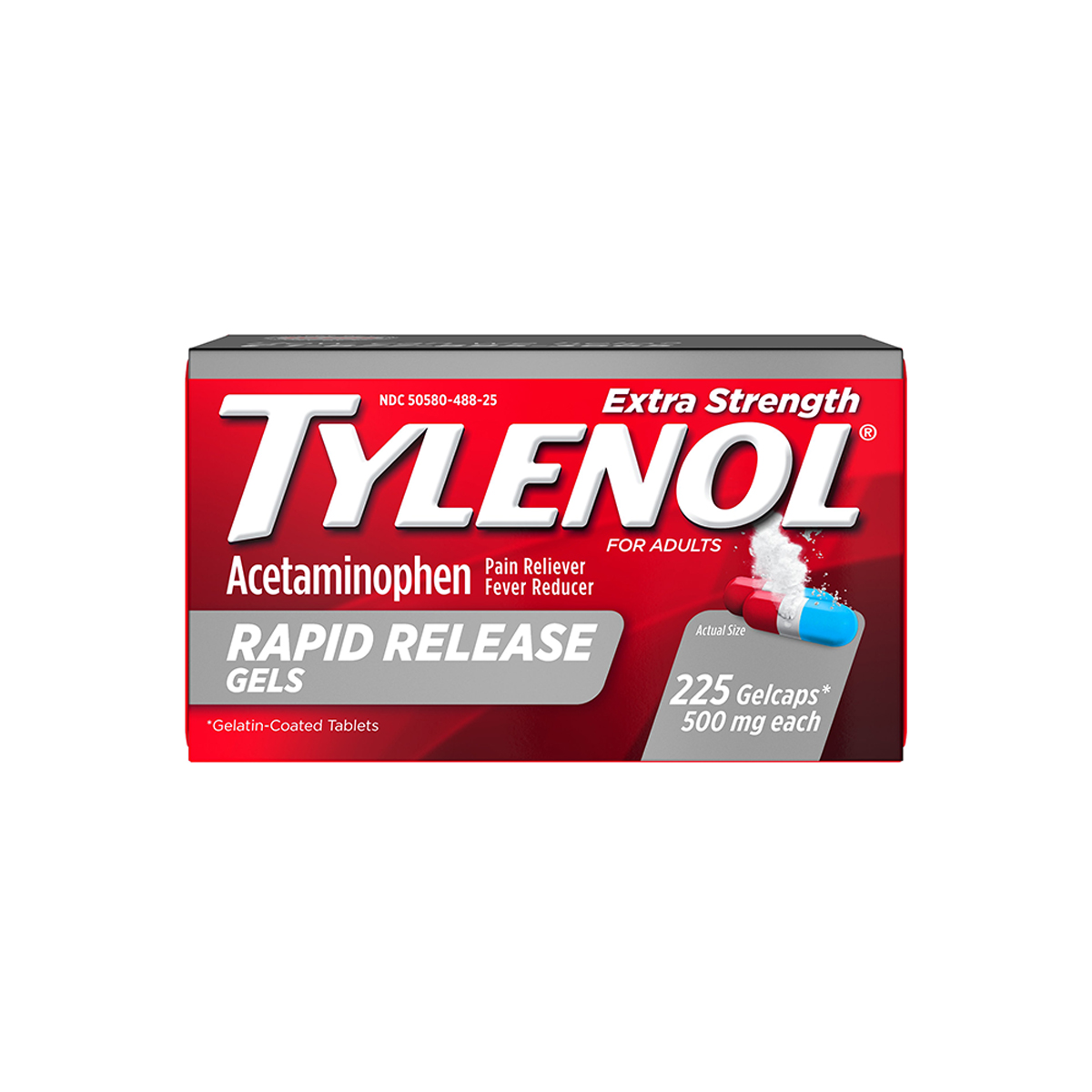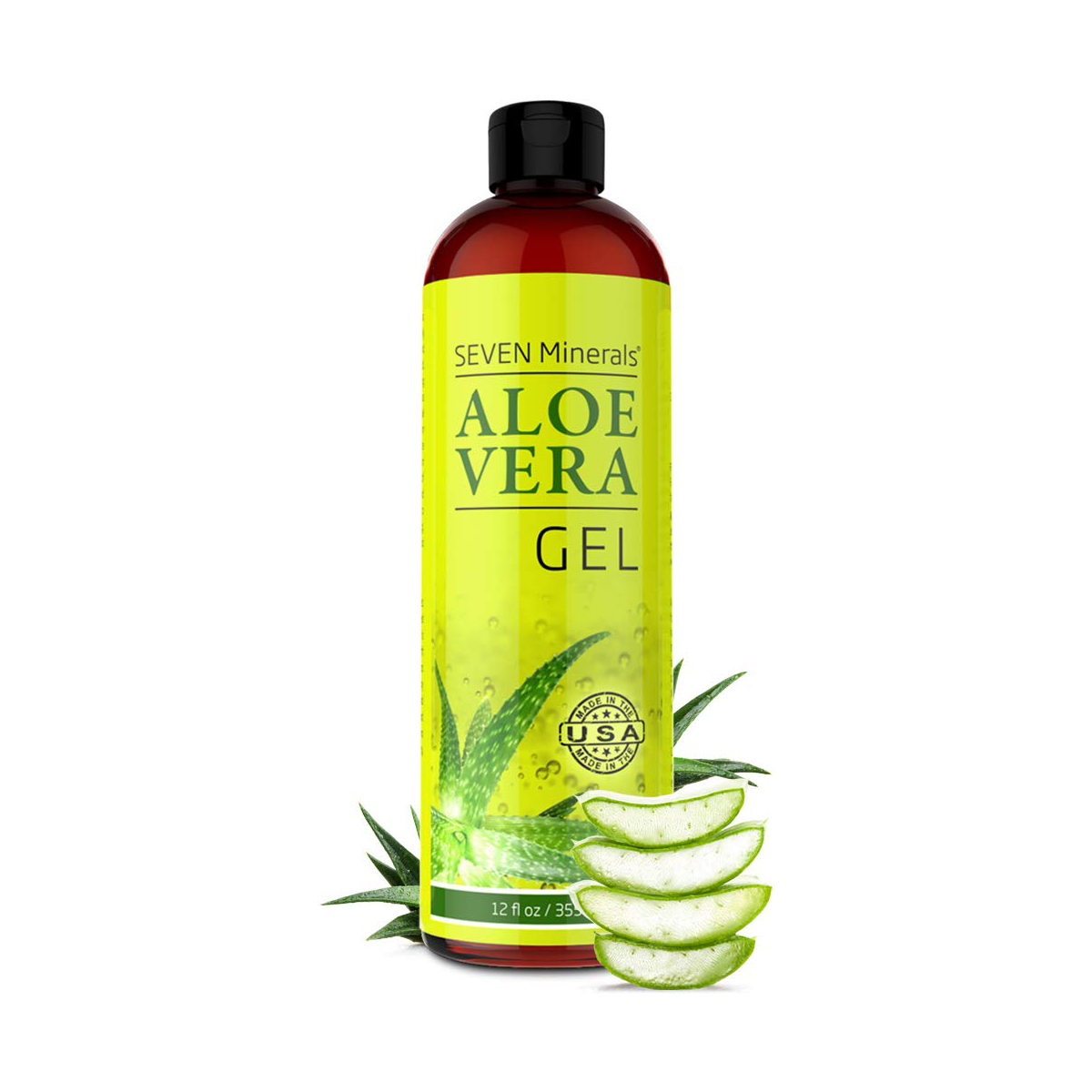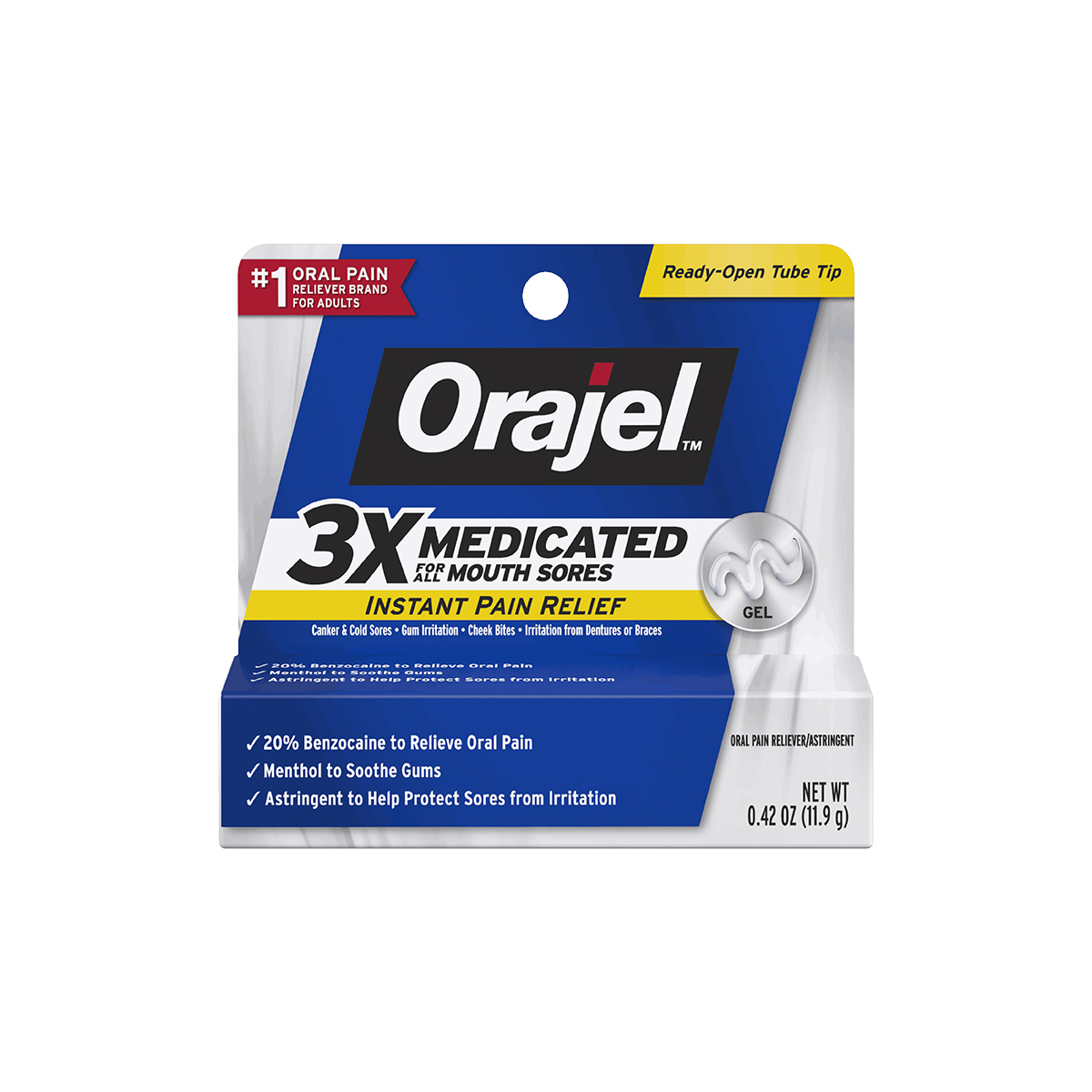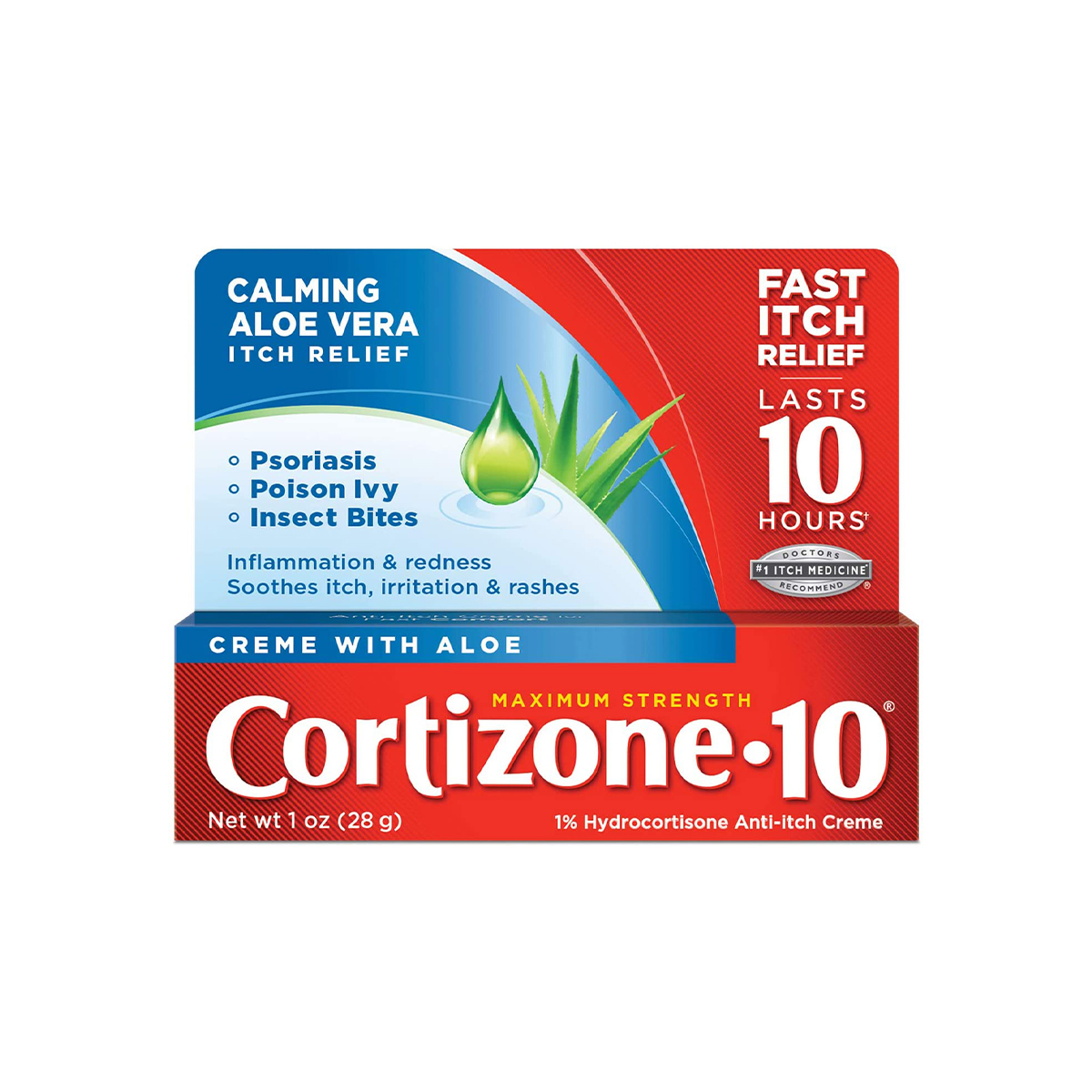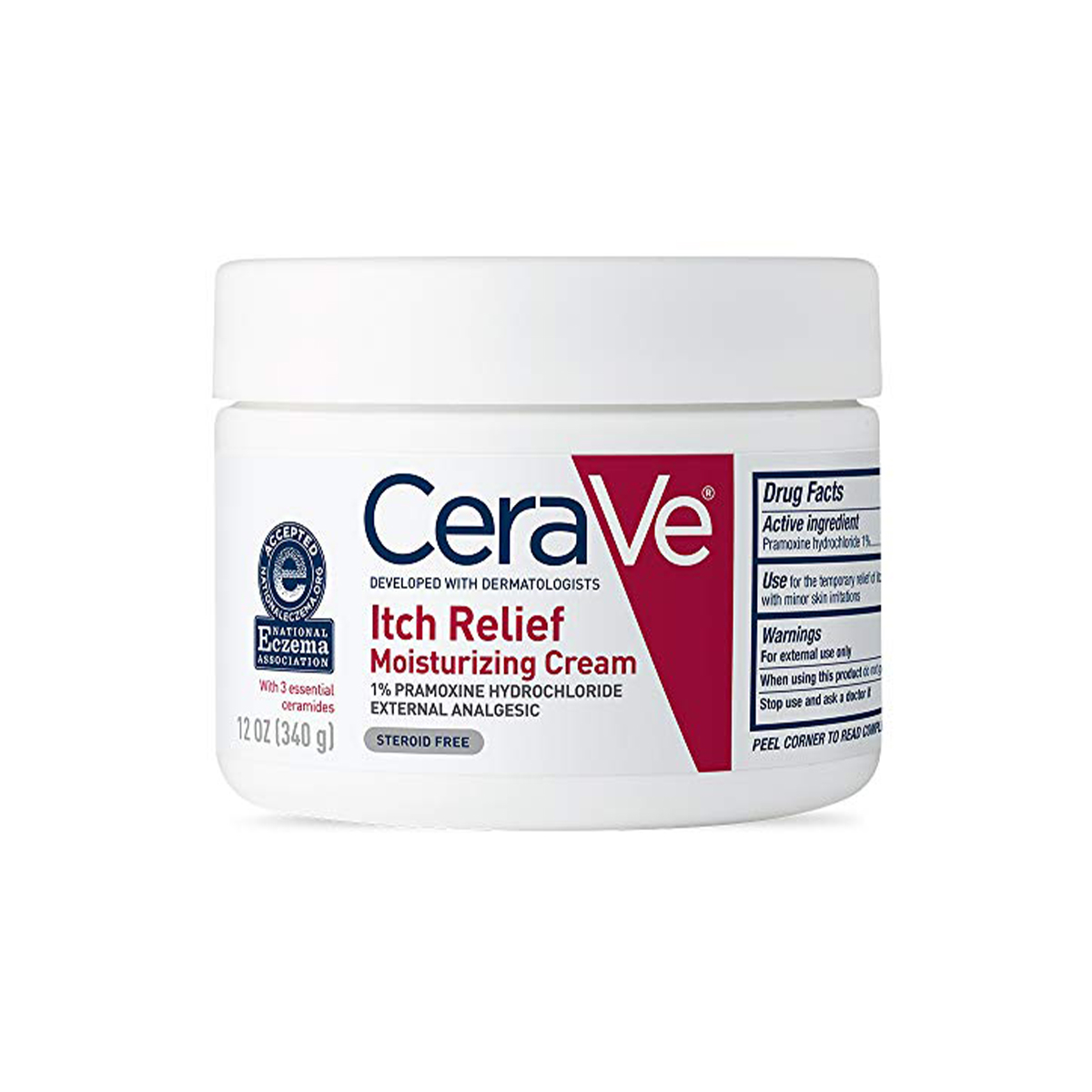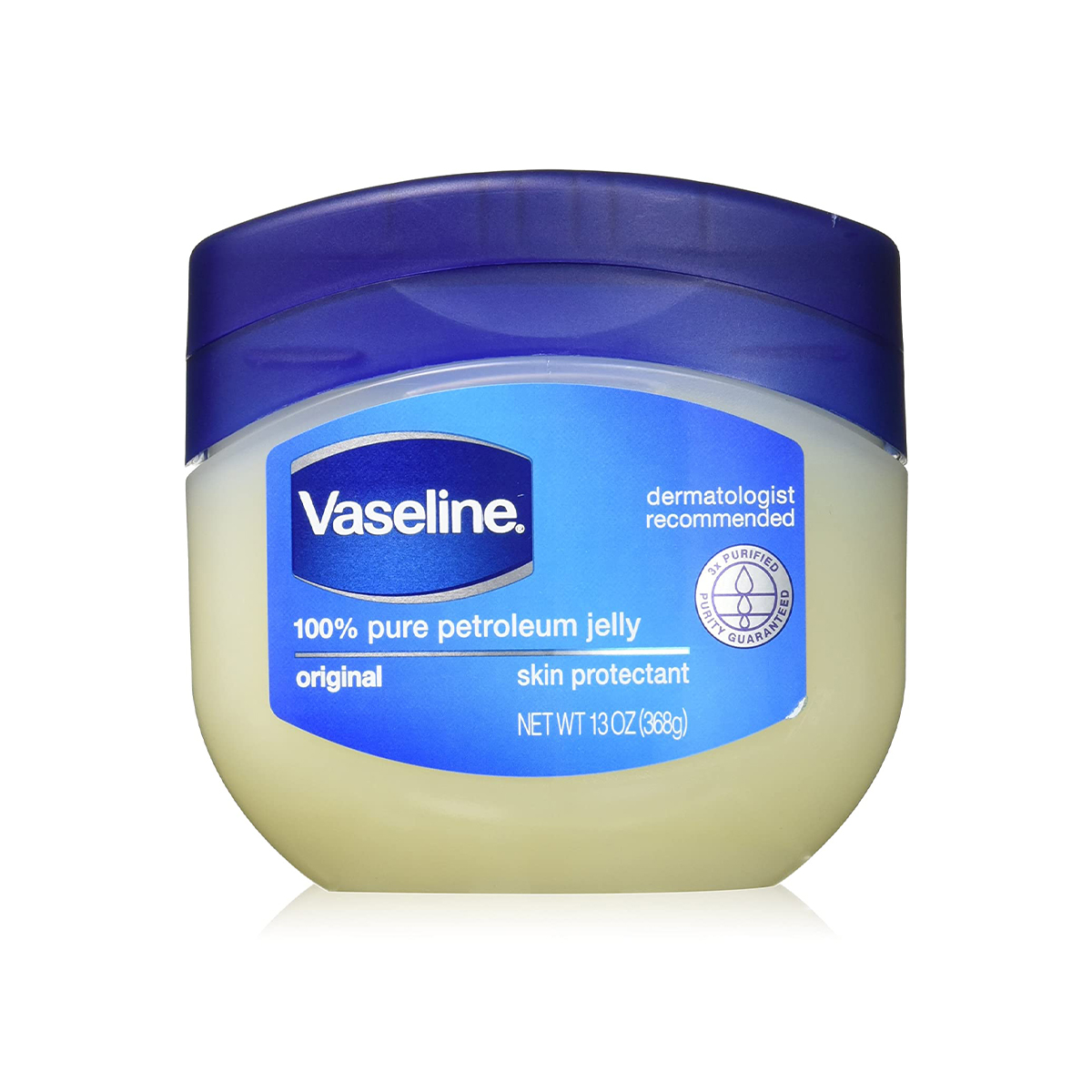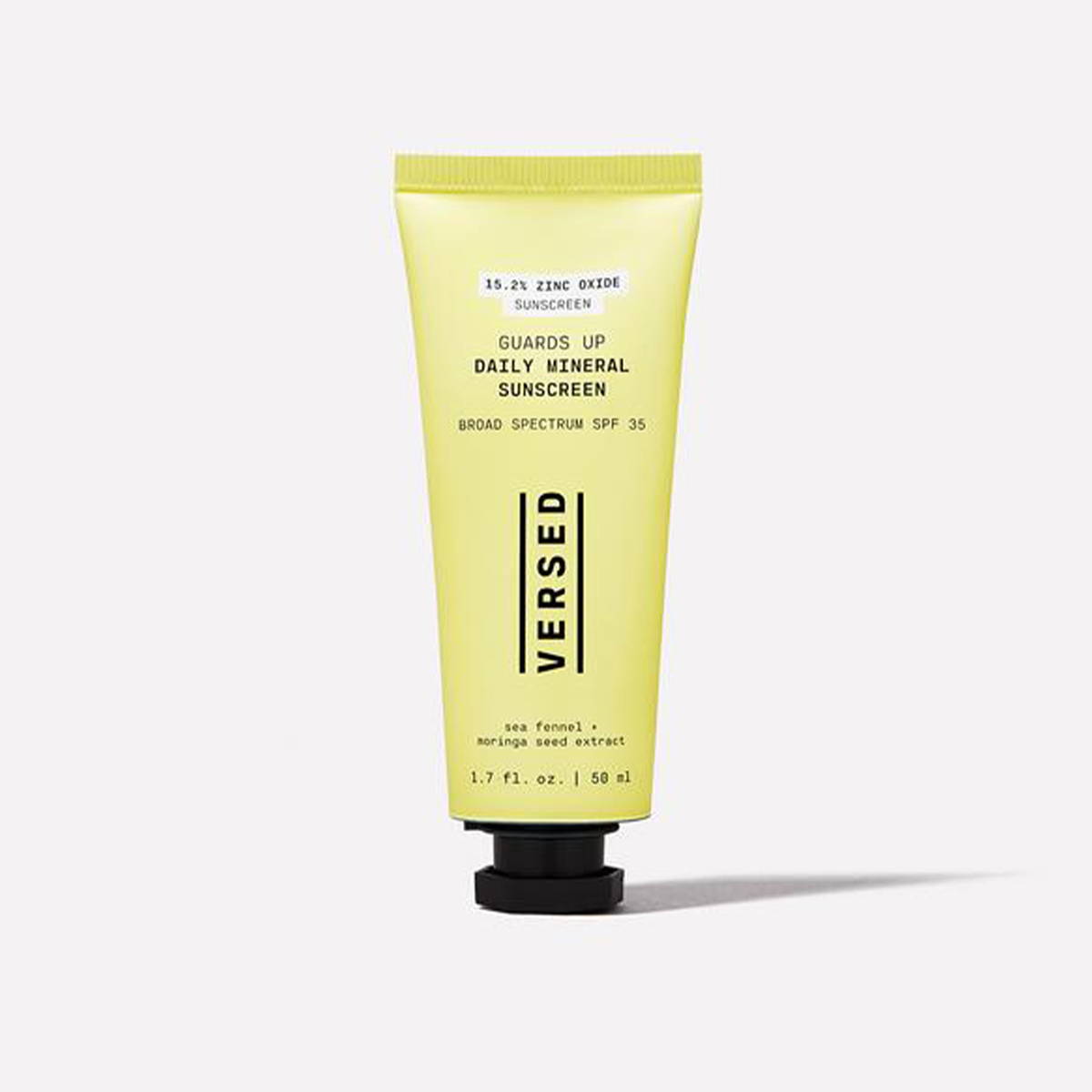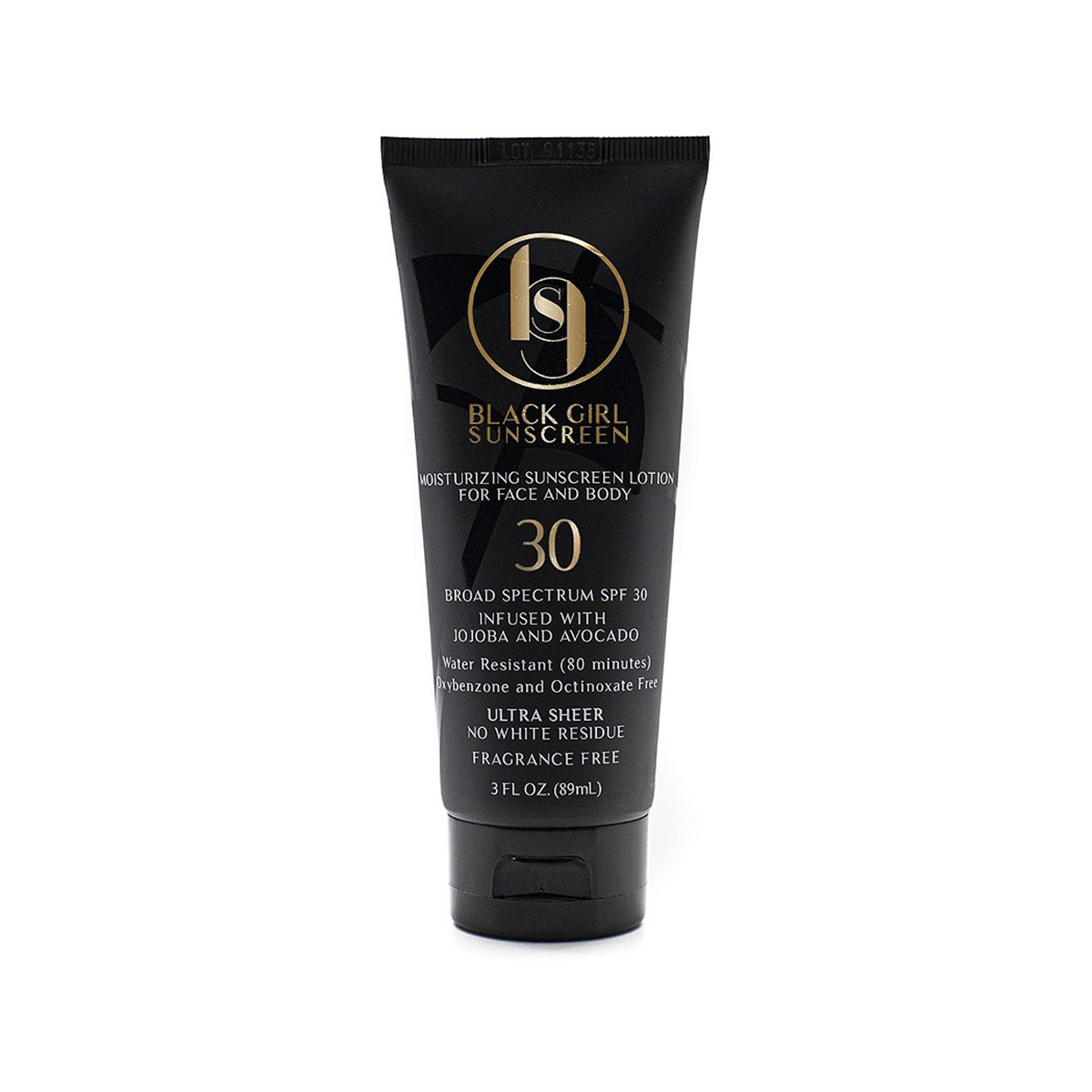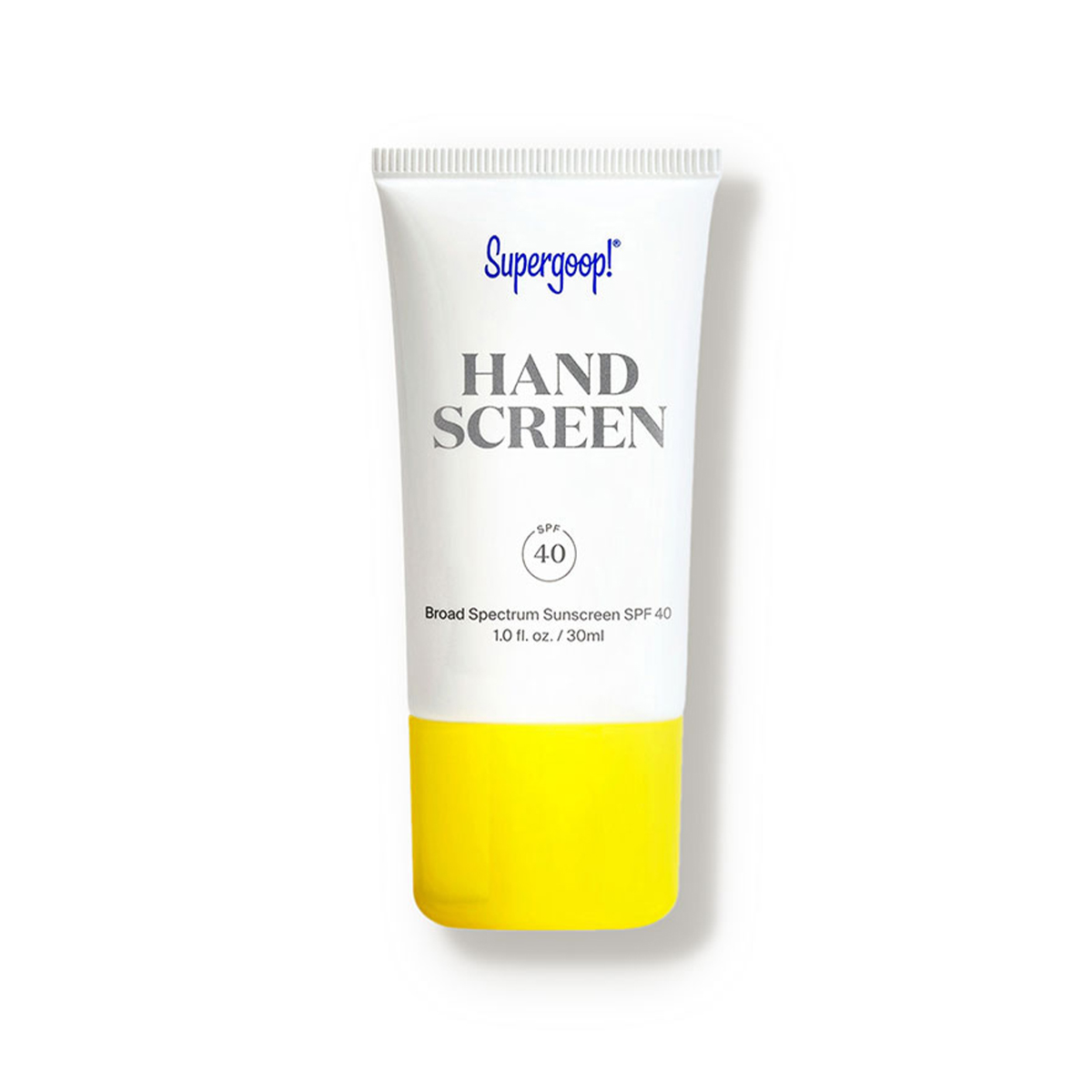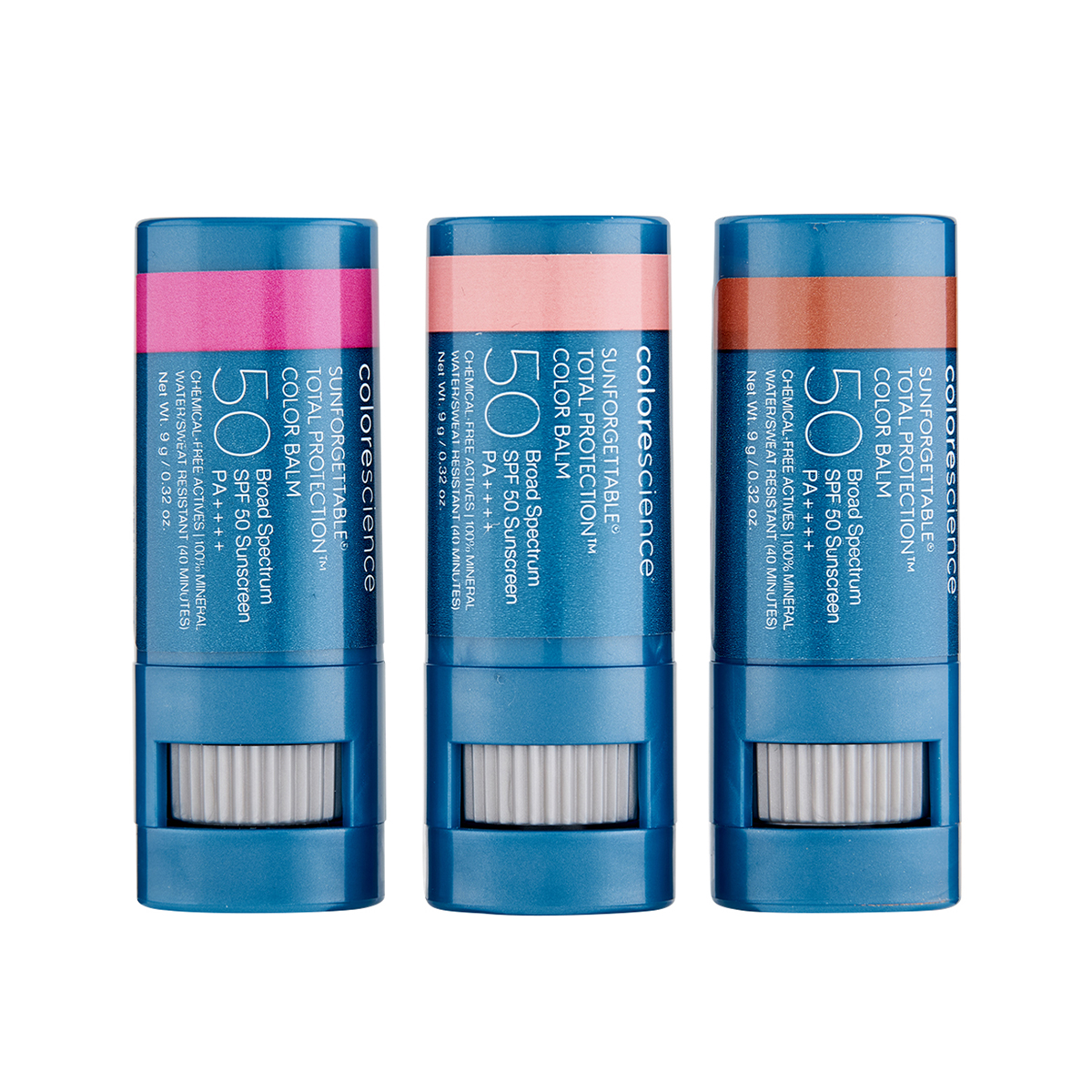Yikes—If You Apply This to a Sunburn, You're Actually Doing More Harm Than Good
If someone asked me, as a beauty editor, the single most important thing I do to keep my skin healthy, radiant, and all-around youthful-looking, I’d spit out, "WEAR SUNSCREEN!” faster than I reach for a glass of wine at 5 p.m. on a Friday. The ironic thing? I’m so freaking bad about following my own advice. The importance of prioritizing sun protection all day every day has been drilled into my brain since I was a teenager, but the warnings about potential sun damage, skin cancer, etc. have increased exponentially since I became a beauty editor and suddenly had access to dermatologists, facialists, and even celebrities waxing poetic about the importance of slathering up every day. Here’s the thing: Skin cancer is the most common cancer diagnosis, yet it's the most preventable cancer.

My personal hang-up with sunscreen is that my cranky, acne-prone skin has trouble vibing with the stuff, and for many years, I deemed the sunscreen-induced breakouts I experienced far worse than the future potential of sun damage. (Damning words, I know.) Over the years, I've gotten a lot better about regular sun protection, largely in part to newer and better formulas, but I’m still not perfect, especially when I’m in a different climate than my skin is typically used to and forget to modify my sunscreen routine as needed.
You probably already know where this tale is headed, but this is exactly where I went wrong a couple of months ago. I was enjoying a weekend in Palm Springs with a friend, forgot to up the sunscreen ante, and I ended up with one of the worst facial burns of my life. I was red, itchy, peeling, freckled, the whole shebang, and scarily, it occurred to me that other than the age-old advice of applying aloe on a burn—which I’ve always done on my body but never my face—I didn’t really know how to take care of my burn to ensure I didn’t aggravate the situation further. Of course, I knew enough to stay away from some of my favorite exfoliating products and retinol, but to be honest, I was kind of at a loss. So I was inspired to write this piece and reach out to an expert who could load me up with info in case—god forbid—this ever happened again. Below, New York–based dermatologist Orit Markowitz, MD, is sharing all of her best info about what a sunburn actually is, how to treat it like a pro, common mistakes and misconceptions, and more. Keep scrolling!
But first, what actually is a sunburn?

Markowitz tells me that like any type of wound, a sunburn requires basic moisture to expedite healing and prevent scarring. "The skin gets inflamed, red, and swollen because when something insults the body, the body’s vessels automatically dilate and a lot of fluids come into the area," she explains. "By using imaging modalities that look under sunburnt skin like an optical biopsy—also known as a reflectance confocal microscope—we can see the swelling and enlargement of the cells and the immediate, visible damage from UV exposure. This is why a lot of treatments for sunburns are aimed at decreasing that swelling and allowing the cells to recover."
What types of ingredients and products should you prioritize after getting a sunburn?
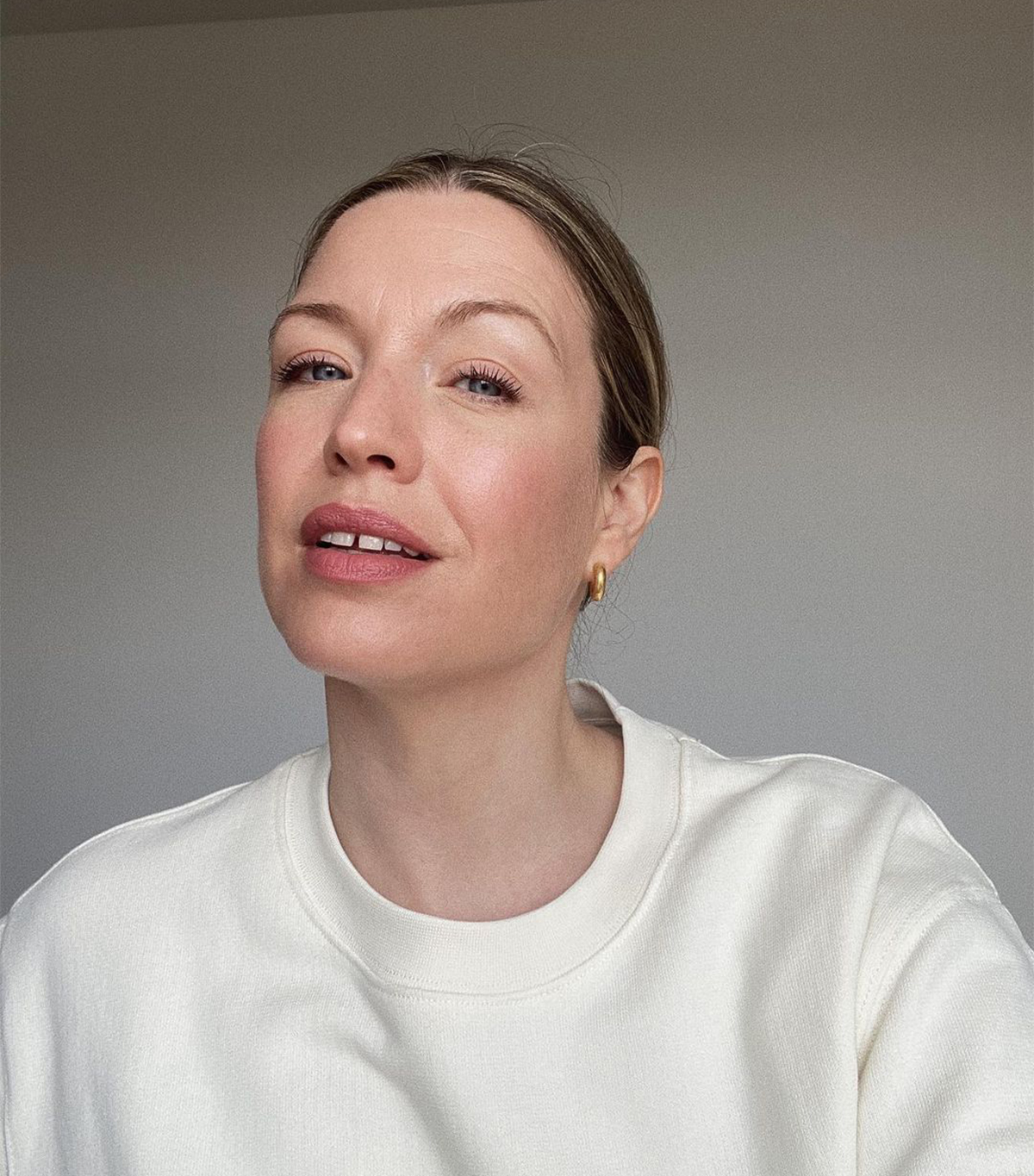
First things first, Markowitz recommends reaching for an OTC painkiller like Tylenol or Advil to alleviate the inflammatory response our body undergoes post-burn.
"You can also cover the inflamed skin with refrigerated aloe vera gel mixed with benzocaine or apply refrigerated OTC hydrocortisone 1% cream mixed with OTC pramoxine (a topical anesthetic) to help soothe the skin and decrease the radiating heat that can often worsen the sunburn," she adds.
Shop the treatments:
On the other hand, what types of ingredients and products should be avoided?

Are you ready for this? While it may seem natural to reach for your favorite moisturizer to top up singed skin with moisture, Markowitz says to hang tight and hold off, especially if you use a formula that harbors preservatives, which might further irritate finicky, burnt skin.
"I would recommend staying away from pretty much any commercial moisturizer, as it will likely occlude the skin, creating more damage," she warns. Also off the table are other common hydrating humectants (like hyaluronic acid, panthenol, sodium lactate, glycol, glycerin, AHAs, and/or BHAs), which can further exacerbate raw, open skin, along with anything harsh that will make the skin peel, like retinol. Instead, she recommends opting for something as simple as Vaseline.
Shop It:
How should you adjust your routine in the days immediately following a sunburn?

"It’s very important to not only keep burned skin out of the sun but to also keep the skin moist," notes Markowitz. "This is because sunburns continue to radiate heat, which worsens the skin’s ability to heal. Additionally, try not to peel your burn, and allow the burn the time it needs to heal no matter how much the skin feels like it’s about to flake off."
Also, Markowitz points out that sometimes, a really serious sunburn might require attention from a medical professional, for instance, if the burn begins to blister or if it begins to peel almost immediately post-burn. "When either of these things occurs, it’s time to get a professional to assist with healing to prevent scarring or infection," she says.
What are the most common burn-related myths to be aware of?

Myth #1: "I can't get a sunburn on a cloudy day."
Hopefully, you know this by now, but for the people in the back, Markowitz reminds us that the sun still burns through the clouds and can fool us into thinking that we’re not being exposed to any sun. "It's best to always use a broad-spectrum sunscreen with a minimum of SPF 15, and it should also contain ingredients that protect both ultraviolet A (UVA) and ultraviolet B (UVB) rays," she points out.
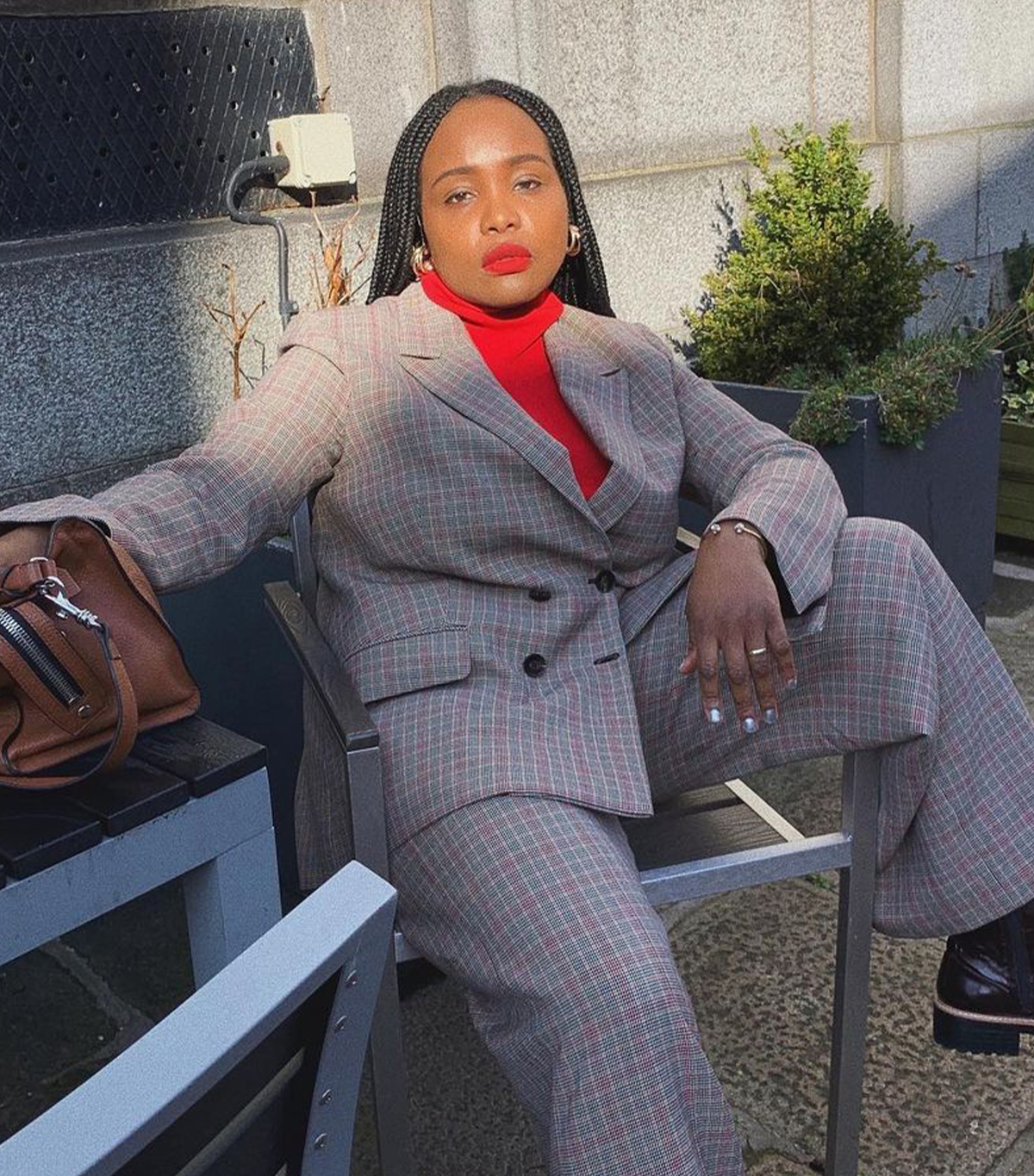
Myth #2: "I'm only exposed to the sun when I sunbathe."
Sure, we might not be out in our bikinis 24/7, but we are constantly susceptible to the sun's damaging rays nonetheless. "We are exposed to the sun every day without even realizing it just by maintaining our basic everyday activities such as walking the dog, getting the mail outside, driving in the car, or just walking down the street," Markowitz reminds us. "Certain parts of our body often get neglected from sun protection. For example, the skin on our hands is subject to the same damaging effects of the sun and environment as is the face, especially since we rarely cover them. Lips are also often neglected for sun protection, particularly for outdoor enthusiasts, so I also suggest that you use lipstick or lip balm that contains sunscreen for extra protection."
Erin has been writing a mix of beauty and wellness content for Who What Wear for over five years. Prior to that, she spent two and half years writing for Byrdie. She now calls Santa Monica home but grew up in Minnetonka, Minnesota, and studied writing, rhetoric, and communication at University of Wisconsin, La Crosse. She studied abroad in Galway, Ireland, and spent a summer in L.A. interning with the Byrdie and Who What Wear family. After graduating from UW, she spent one year in San Francisco, where she worked as a writer for Pottery Barn Kids and PBteen before moving down to L.A. to begin her career as a beauty editor.
